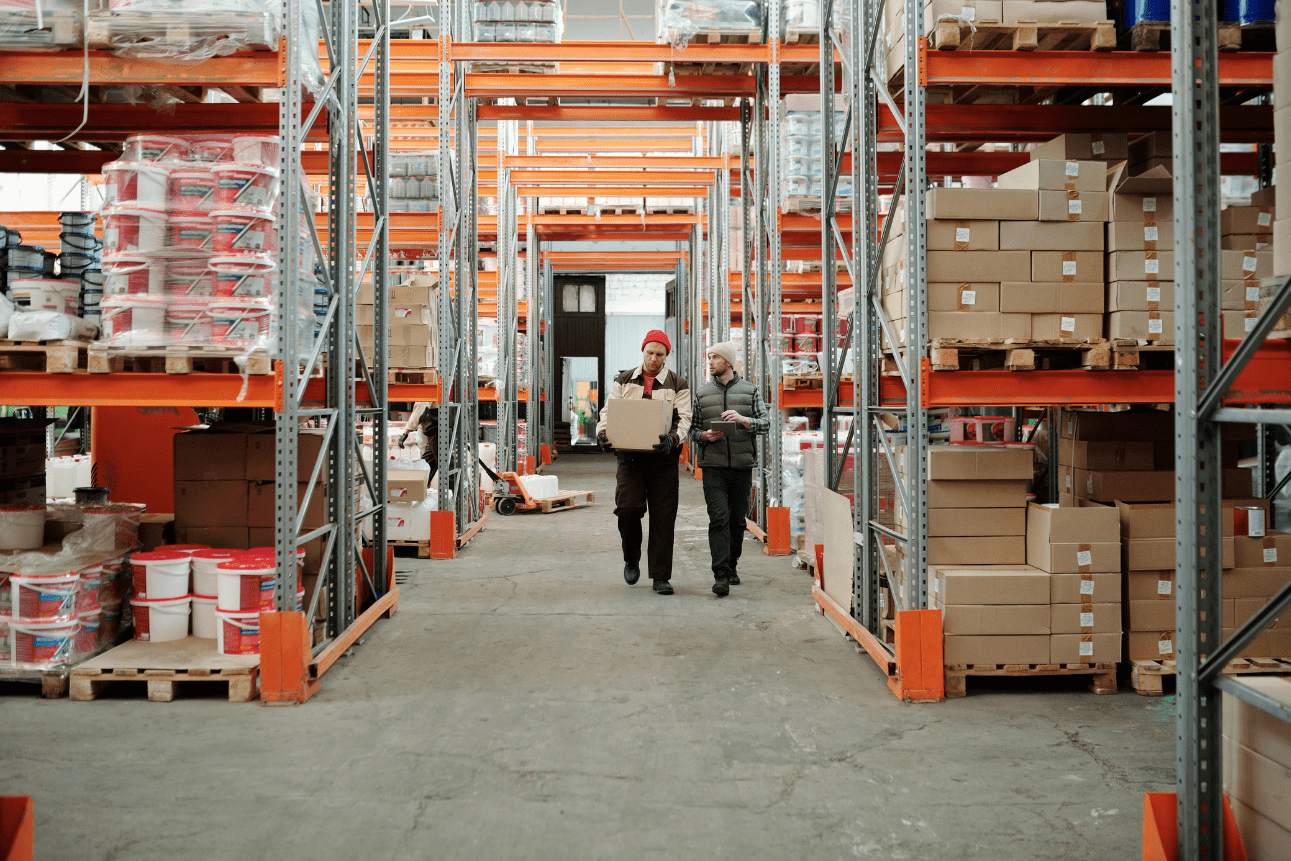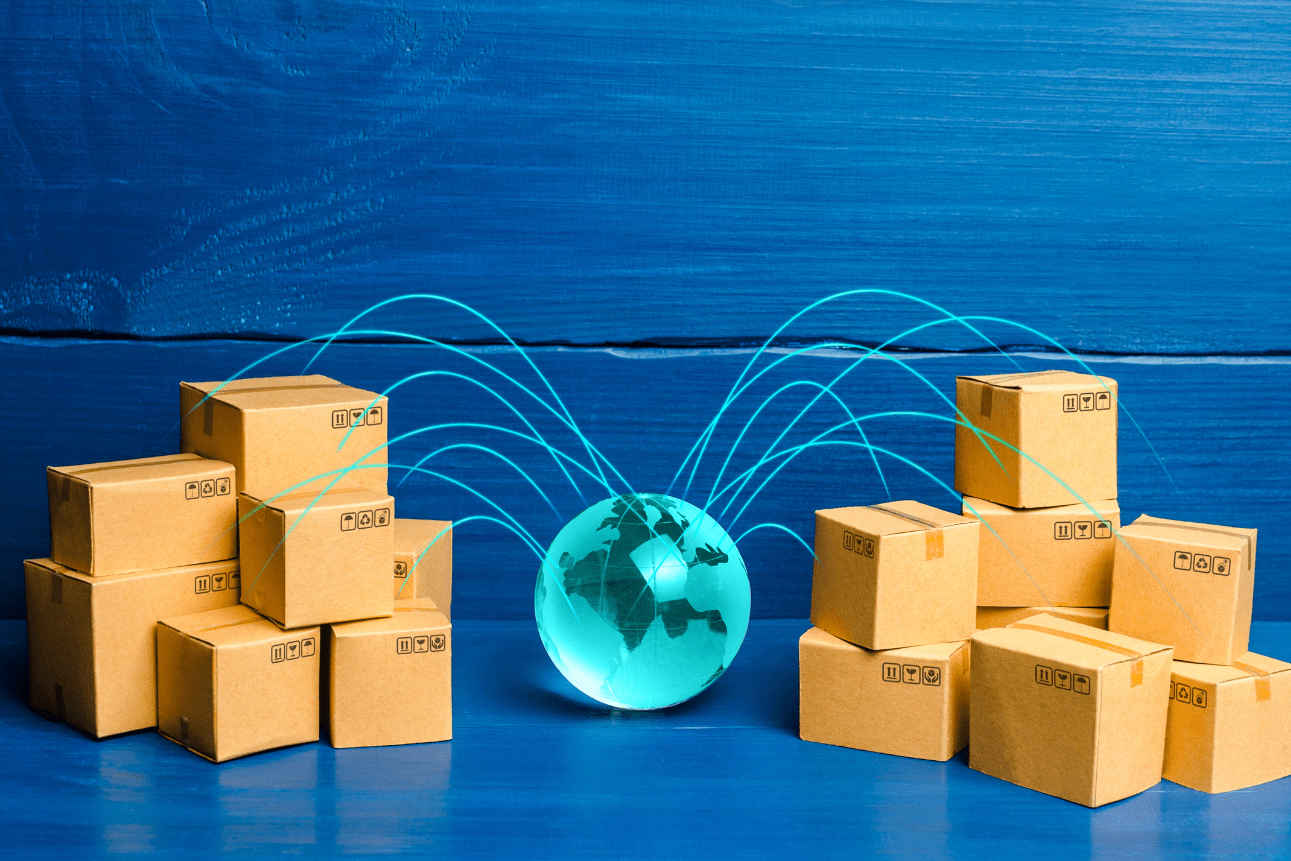Reverse Logistics: Turn Returns Into Revenue
Reverse logistics—the movement of goods from customers back to sellers—used to be a drain on resources. Now, companies are flipping the script. With outsourced solutions, what once was a cost burden is now a new stream of value.
From online retail to electronics and even medical supplies, returns are unavoidable. But what if your returns process became a competitive edge? By leveraging outsourced reverse logistics services, businesses are reclaiming value, reducing waste, and delighting customers—all while protecting their bottom line.
What Is Reverse Logistics and Why Does It Matter?
Reverse logistics covers all operations related to the reuse of products and materials. It includes product returns, refurbishment, recycling, and disposal. It’s the flip side of traditional logistics—sending products back through the supply chain instead of forward.
Efficient reverse logistics helps businesses:
- Cut losses on returned items
- Recover value through repairs, resales, or recycling
- Improve customer satisfaction with faster refunds and exchanges
- Stay compliant with environmental and industry regulations
The Value of Reverse Logistics Services
Outsourcing reverse logistics services means entrusting experts to handle returns processing, refurbishment, restocking, or disposal. Instead of managing these internally, companies partner with third-party logistics (3PL) providers who specialize in returns.
Key Benefits of Outsourcing Reverse Logistics Services:
1. Operational Efficiency
Experts streamline the returns process, using automation and optimized workflows to minimize delays and manual errors.
2. Cost Savings
Avoid warehouse congestion and staffing issues by leveraging an external network. Outsourcing reduces overhead and enables variable costs based on volume.
3. Customer Satisfaction
Fast, hassle-free returns drive loyalty. Outsourced partners ensure prompt refund processing and restocking.
4. Data & Analytics
Advanced providers offer insights into return reasons, defect rates, and customer behavior—turning returns into business intelligence.
5. Scalability
Whether you’re processing 100 or 10,000 returns, outsourcing gives you the flexibility to scale without the infrastructure investment.
Reverse Logistics and Supply Chain Management Integration
The full potential of reverse logistics emerges when it’s tightly integrated with broader reverse logistics and supply chain management strategies. Returns shouldn’t be an afterthought—they should be built into the system.
How Integration Boosts Performance:
| Area | Impact of Integrated Reverse Logistics |
| Inventory | Recovered goods can be refurbished and resold, keeping inventory levels optimal |
| Procurement | Return data helps vendors adjust sourcing strategies |
| Sustainability | Better tracking leads to higher recycling and reuse rates |
| Customer Experience | Faster returns reinforce a positive brand impression |
Companies that treat returns as a strategic function—rather than a nuisance—outperform competitors in agility and responsiveness.
When Should You Outsource Reverse Logistics?
If any of these apply to your business, it’s time to consider outsourcing:
- Your team struggles with return volume
- Return handling is inconsistent or slow
- Storage space is limited
- You lack technology to track return metrics
- You’re expanding into new markets or channels
An experienced reverse logistics partner can assess your needs and build a custom return solution that fits your industry and customer base.
Conclusion: Reverse Logistics as a Revenue Generator
Returns don’t have to erode your margins. With outsourced reverse logistics services, companies can extract more value from every returned product—whether through resale, repair, or recycling.
By aligning reverse logistics and supply chain management, businesses unlock operational efficiencies, improve customer experiences, and even reduce environmental impact. It’s not just about cutting costs; it’s about creating a smarter, more sustainable way to do business.



